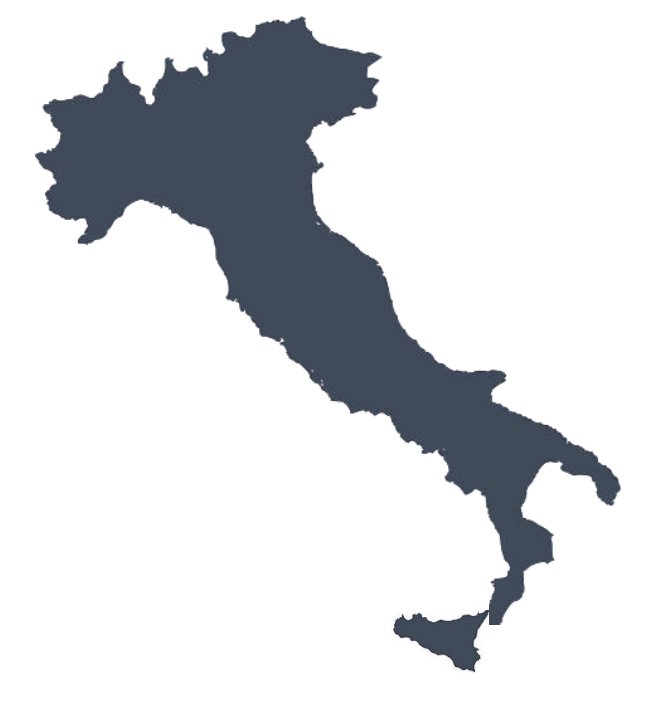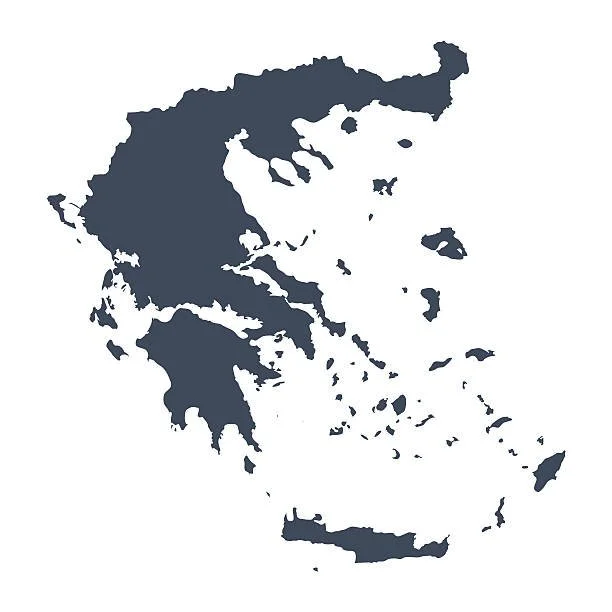
Conversation Worthy Wines
Wines not only carry a significant story or impact in the region or country of origin, but we can draw a line from that point and link it with the past that contributes to our theme and storytelling.
Select a Country to Explore its Relationship with Wine
Telling the Story of Winemaking
Wine’s origins trace back over 7,000 years to ancient Persia, Armenia, and Lebanon, where early civilizations first cultivated wild grapevines and began fermenting grapes for ceremonial and daily use. In Greece, wine evolved into a cornerstone of social and philosophical life, celebrated in symposiums and tied to the cult of Dionysus. The Greeks passed their viticultural knowledge to the Romans, who expanded wine production across their empire, particularly in Italy and into Gaul (modern-day France). There, the Roman innovations in viticulture, storage, and trade laid the foundations for the renowned wine cultures of France and Italy that dominate the global scene today.
Our wines are sourced from these historically relevant areas . Beginning in Armenia, Lebanon, and Greece, the methods of ancient winemaking were spread to France and Italy where they prospered to become the vast markets that they are today.














